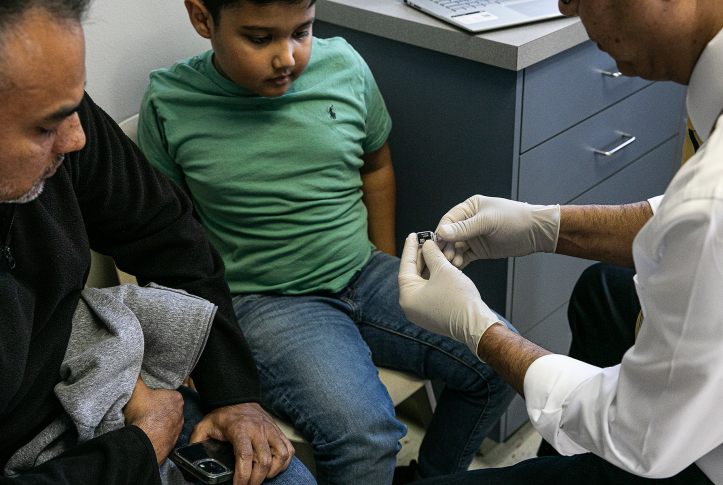Federally qualified health centers (FQHCs) provide comprehensive primary care and preventive services to more than 31.5 million patients across the United States, regardless of their ability to pay. FQHCs have a unique financing structure that relies on federal grant funding and low Medicaid reimbursements. As a result, they operate on thin, often unpredictable financial margins, which limits their ability to implement and sustain improvements.
Value-based payment (VBP) models could help. Under VBP arrangements, payment is tied to the quality, cost, and equity of care rather than the volume of services delivered. Providers are often given an upfront lump sum for each patient, giving them greater flexibility to deliver the right care at the right time.
Experts have suggested that VBP could be particularly beneficial for FQHCs in the long run by making funding more predictable, freeing up resources for them to innovate, and supporting greater investment in infrastructure. It’s also seen as a critical step toward advancing health equity, as FQHCs disproportionately care for low-income and racially diverse patients. By moving to VBP, FQHCs could be further enabled to improve care delivery and outcomes for these patients — something they already excel at.
Few FQHCs have moved to VBP because of their unique governing regulations, but this is starting to change, with:
- several states successfully launching VBP models for health centers
- the Centers for Medicare and Medicaid Services prioritizing FQHC participation in VBP in a newly published strategy
- the Center for Medicare and Medicaid Innovation launching a “Making Care Primary“ model that allows for FQHC participants.
Insights from FQHCs are critical to ensuring these new models succeed. In 2023, the African American Research Collaborative, with support from the Commonwealth Fund, interviewed FQHC leaders and experts on issues, including their views on VBP. (Click here to learn more about how we conducted this study.)
FQHCs See VBP as the Future
Several health center leaders we spoke with said VBP is the future of health care payment and a necessary shift to improve patient care. A chief medical officer from an FQHC in New York said, “I believe in the principle that value-based care drives all of us, as providers, to really take a look at what we’re doing and how we’re delivering care, and that it is an incentive for us to strive to do better.”



